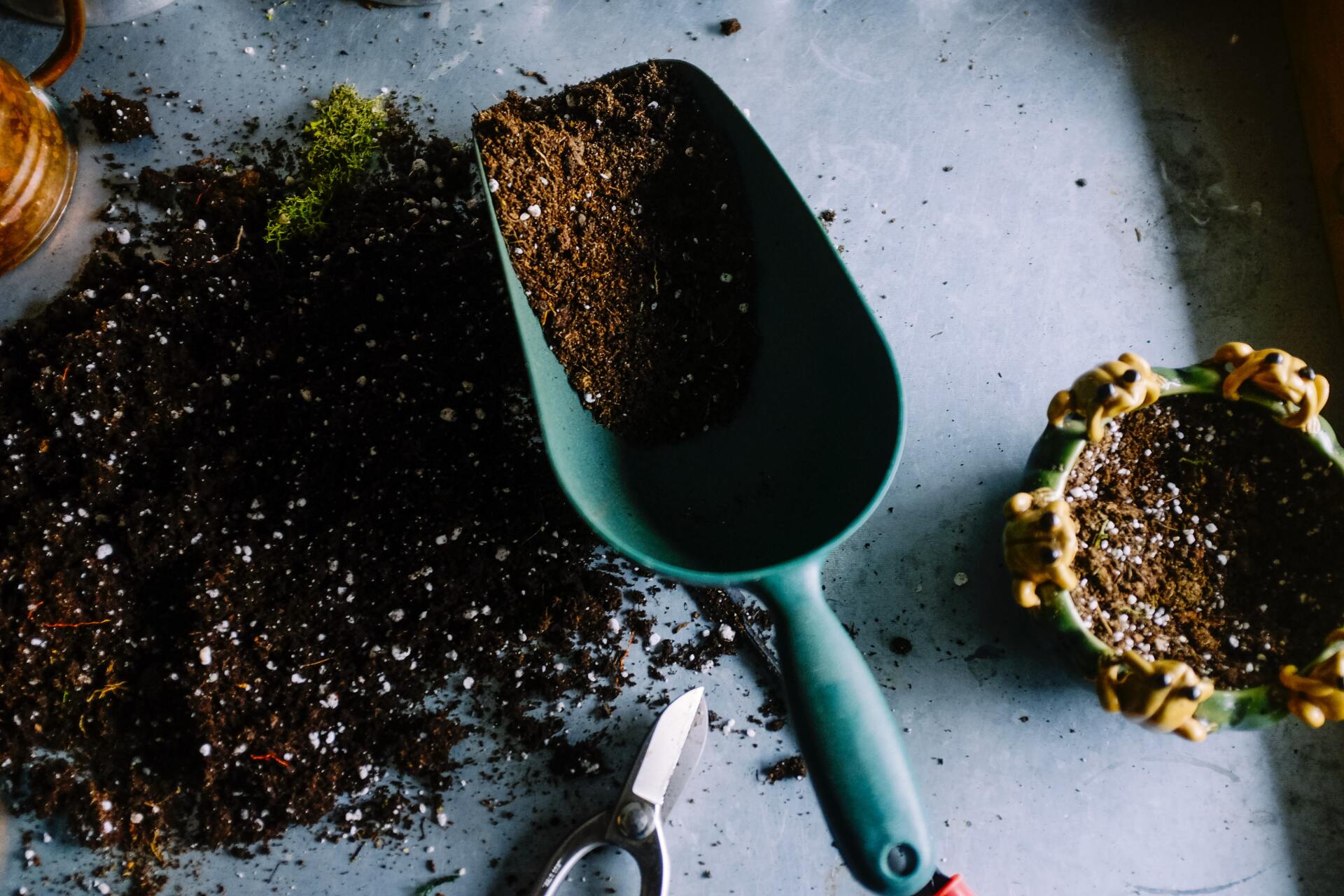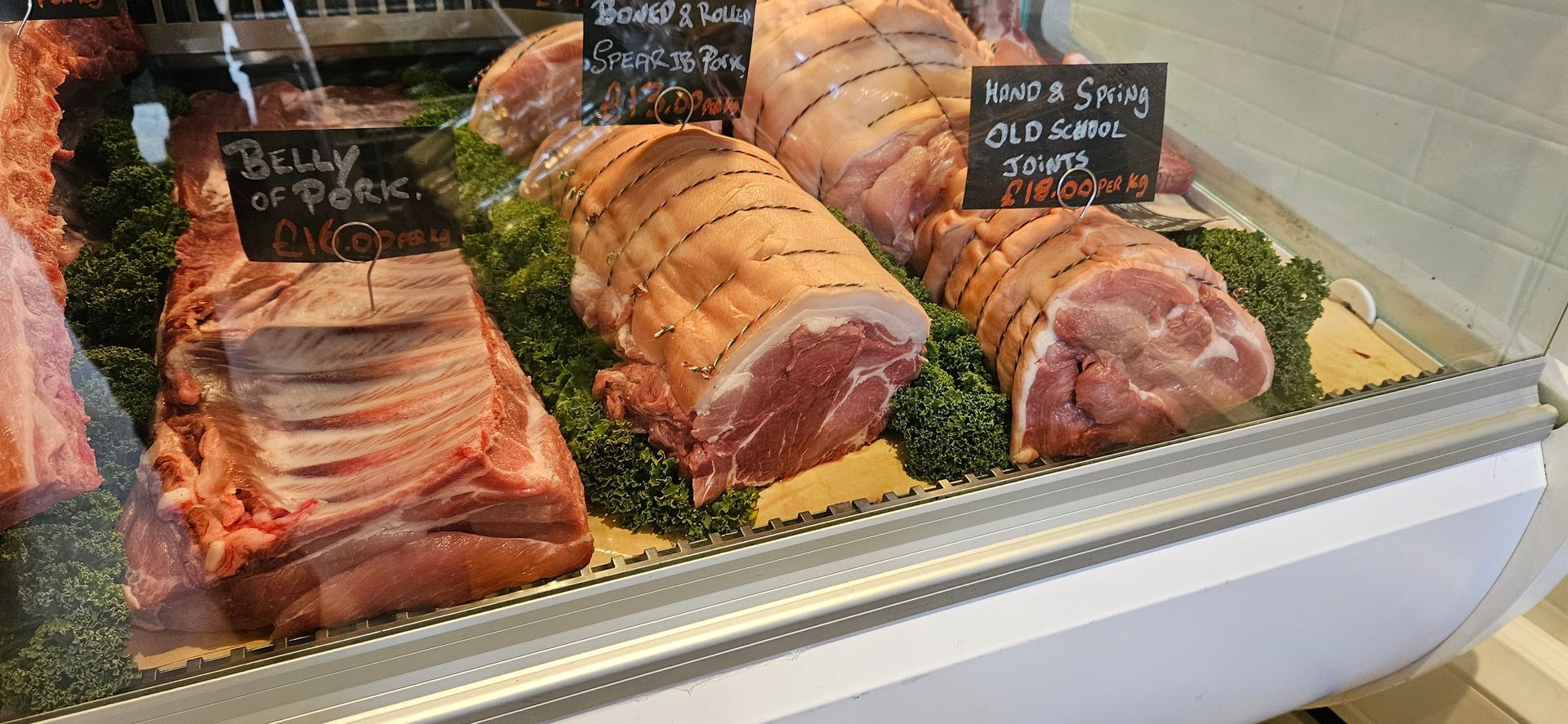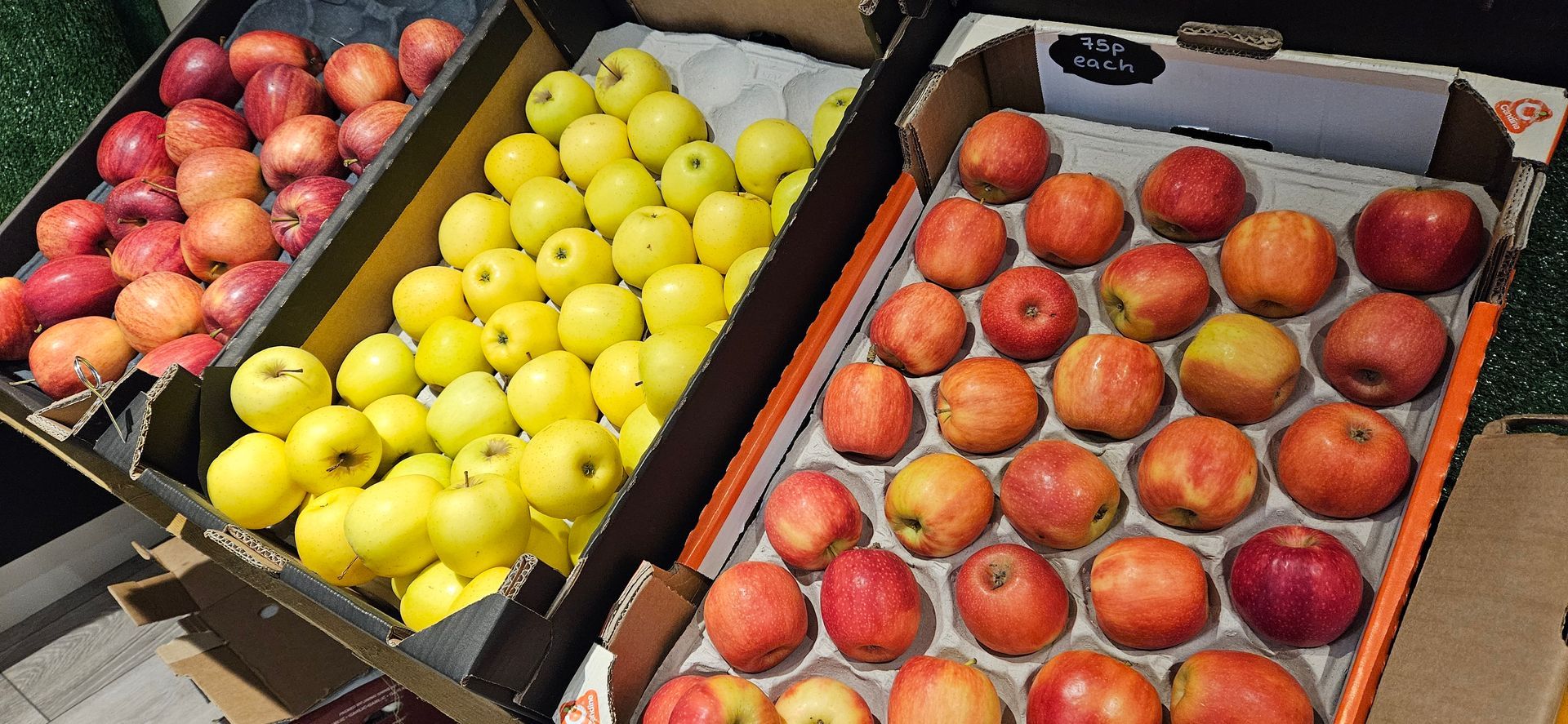My September Garden
Lisa Hunter • September 13, 2021
September is generally a cooler, gustier month than August and the days are noticeably shorter. While there's not as much to do in the ornamental garden at this time of the year, if you have a fruit or vegetable patch, you'll be busy reaping the rewards of harvest. It's also time to get out and start planting spring-flowering bulbs for next year and you can collect seeds for next summer's colour too. Make the most of the remaining warmth while you can!

Timely tips
- Divide your herbaceous perennials. This will keep your plants healthy and vigorous year after year and multiply your stock.
- Net ponds now before autumn leaf fall gets underway to reduce the amount of debris entering the water.
- Clean out cold frames and greenhouses ahead of autumn sowing and growing.
- Plant spring-flowering bulbs now, such as daffodils, crocus and hyacinths
In the flower garden
- Continue to feed and deadhead hanging-basket and container annuals — they will often keep going until the first frosts.
- Keep deadheading annuals and perennials to extend their performance.
- Prune any late-summer flowering shrubs, such as the rock rose
- Prune climbing roses and rambling roses once they've finished flowering
- Keep camellias and rhododendrons well-watered at this time of year to ensure that next year's buds develop well.
In the vegetable garden
- Keep harvesting crops. If you have a glut of fruit and veg try freezing, drying, pickling, and storing so that you can benefit from them later on.
- Harvest sweetcorn. To test if it’s ready, pinch a kernel — it will release a milky sap when ripe.
- Spread newly dug potatoes out to dry for a few hours before storing them in a cool, dark place. Store them in paper or hessian sacks, as this will allow the crop to breathe while it’s in storage.
- Help pumpkins ripen in time for Halloween by removing any leaves shading the fruits.
- Raise pumpkins and squashes off the ground to prevent rotting. Place them on a piece of slate or wood.
- Keep feeding and watering French and runner beans to keep them producing. Continue harvesting little and often to prevent them setting seed.
- Cut bean and pea plants away at ground level when they have finished cropping. Leave the roots which will slowly release nitrogen back into the soil as they break down.
- Remove any old crops that have finished and clear away weeds to leave your plot clean and tidy for the winter.
- Cover your brassicas with netting to prevent birds making a meal out of them.
In the fruit garden
- Tidy up your strawberry plants and clear away any used straw, as this will harbour pests and diseases over winter.
- Pot up strawberry runners to make extra plants for next year.
- Pick ripe apples. To test when they’re ripe, gently lift them in the palm of your hand or give them a gentle pull — they should come away easily.
- Pick off rotting fruits from pear, apple and stone fruit trees — they will spread disease if left on the tree.
- Harvest plums. If you have more than you need, freeze them by washing, halving and stoning them, before laying them out on a tray in the freezer. Once frozen, pack them into freezer bags.
- Pick blackberries as they ripen and use straight away or freeze some for use later on.
- Take hardwood cuttings of currants, gooseberries and figs to increase your stock.
In the greenhouse
- Water greenhouse plants early on in the day so the greenhouse is dry by the evening. Damp, cool nights can encourage botrytis.
- Close greenhouse vents and doors late in the afternoon to help trap in heat overnight.
- Empty pots — old compost and decaying plant material can harbour unwanted pests over winter.
- Clean out your greenhouse to reduce the risk of pests and diseases next year.
Looking after your lawn
- Create a new lawn from turf or seed — autumn weather is favourable for good lawn establishment.
- Raise the height of your mower blades as grass growth slows down.
- Carry out essential lawn maintenance to avoid waterlogging and compaction.
- Feed your lawn with an autumn fertiliser which is rich in potassium and low in nitrogen.
Other jobs about the garden
- Create compost bins in preparation for all the fallen leaves and dead plant material which you'll be collecting over the coming months. Autumn leaves make a great addition to compost bins and are ideal for making leaf mould.
- Burn diseased plant material or dispose of it in your household or green waste. Don’t compost it as the spores may remain in the compost and reinfect your plants.
- Raise pots off the ground for the winter by using bricks or 'pot feet', to prevent waterlogging.
- Clear pond weeds and net your pond in anticipation of autumn leaf fall.
- Install water butts to collect rain this autumn and winter. Rainwater is great for watering ericaceous plants such as blueberries, rhododendrons and camellias.




